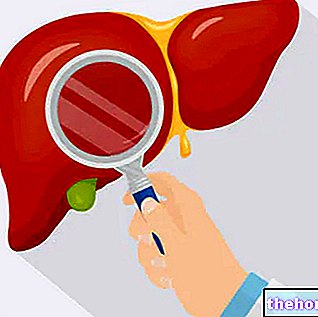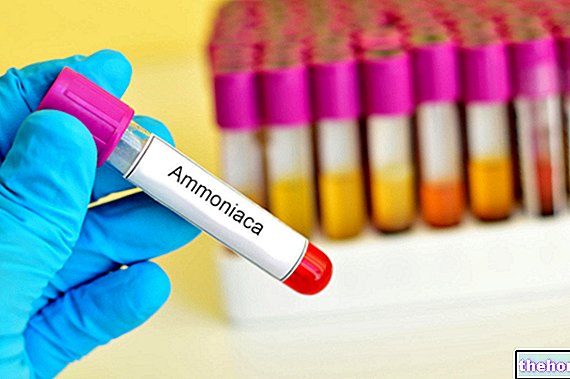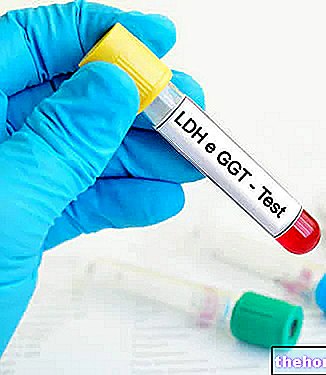, rise significantly in patients with left ventricular hypertrophy and heart failure.
Not so excellent is the positive predictive value; this means that - especially at levels just above the normal limit - the BNP represents only a fairly accurate indicator of the presence of pathology (moderate risk of false positives).
A little review of pathophysiology: BNP is secreted by the heart's ventricles in response to excessive stretching of the muscle cells of the ventricles. The muscle cells of the cardiac ventricles stretch excessively when these chambers fill up too much with blood and this happens when they are unable to empty themselves adequately during systole; this typically happens in some circumstances:
- there is reduced myocardial contractility measured as ejection fraction; in a nutshell when the heart muscle is unable to contract sufficiently and to empty itself as a result, for example because a more or less extensive area of it has died of a heart attack, or because the cardiac muscle efficiency is reduced by the degeneration associated with aging, severe ischemic heart disease or heart disease. This condition is typical of heart failure and congestive heart failure;
- the ventricle is unable to empty itself sufficiently when there is a "high resistance at the level of the arterial vessels, for example due to the presence of stenosis (narrowing) and stiffening of the arterial walls due to the presence of atherosclerotic plaques (to better understand, let's imagine a hose to water in which water flows; if we step on the pipe we notice that downstream of the obstruction the pipe begins to swell more and more until it bursts);
- there are heart valve dysfunctions.
In addition to being a useful marker for analyzing a patient's cardiovascular risk through blood tests, BNP plays a very specific biological role within the human body.
Once again this role is intuitive: if its concentrations increase in the presence of hypertensive pictures, the secretion of the same will have the purpose of bringing blood pressure back to normal as much as possible, lowering it. In fact, BNP binds and activates atrial natriuretic factor (ANP) receptors.
BNP and ANP show significant similarities as regards the structure, biosynthesis and biological effects, underlined by their diuretic, natriuretic and vasodilating activity (they increase the excretion of sodium and water through the kidney and dilate the lumen of the vessels).
BNP and ANP reduce blood volume and cardiac afterload, resulting in increased cardiac output, in part due to a higher ejection fraction. Not surprisingly, the clinical use of synthetic recombinant BNP (nesiritide) intravenously has been proposed, to be used for short periods to reduce the symptoms of heart failure.
, is not secreted directly as such but complexed to an N-terminal fragment of 76 amino acids (forming on the whole a biologically inactive molecule known as NT-proBNP or simply NT-BNP; compared to BNP; NT-BNP is more stable and present in higher concentrations in circulation).















.jpg)











